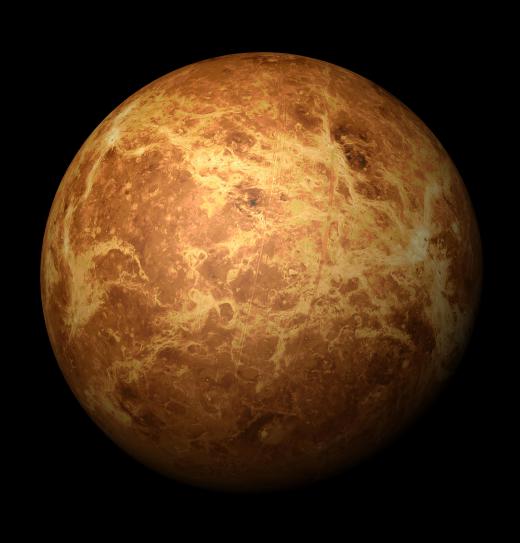What Was Venera?
 Michael Anissimov
Michael Anissimov
The Venera were a series of Soviet space probes launched between 1963 and 1981. Their target was Venus. Among the Venera were the first probe to crash-land on another planet (Venera 4 in October 1967), to make a soft landing on another planet (Venera 7 on 15 December 1970), to take images of the surface of another planet (Venera 9 on 8 June 1975) and to perform high-resolution radar mapping of Venus (Venera 15 on 2 June 1983). These accomplishments make the Venera among the most successful probe series ever.
Venus is extremely hot at 830°F (433°C), and pressurized, at 93 atmospheres. This is similar to the pressure under 0.62 miles (1 kilometer) of water on Earth. Venus' extreme conditions and the limitations of the batteries on board meant that the probes which reached the surface did not operate for long — generally between 30 and 50 minutes. The Venera were heavy-duty probes, weighing between 1 and 3 tons (0.9 and 2.7 tonnes), and about the size of small cars.

Venera 1 and 2 were both failures; the first never even left Earth orbit, and communication with the second was lost en route to Venus. Venera 3 was successful, serving the function of an atmospheric probe. Its hull could only withstand 25 atmospheres of pressure, not Venus' 93, so it was crushed before it reached the surface. It did make history as the first probe to crash-land on another planet, however.

Venera 3 through 6 were similar to each other — all were designed to take measurements of the Venusian atmosphere while being crushed by it on the descent. Venera 7 was much stronger, designed to make it to the surface intact. It was massively overbuilt, so it had few experiments on board, but did manage to land on the Venusian surface — but not before its parachute failed very close to landing and it impacted at 55.7 feet/sec (17 meters/sec). Luckily, it survived, although the poor orientation of its antenna made it difficult to get a reading on it from Earth.
All subsequent Venera probes successfully made it to the surface and took measurements. Among other discoveries, they observed wind speeds winds greater than 328 feet/sec (100 meters/sec) in Venus's upper atmosphere and made the first recordings of sound on another world.
AS FEATURED ON:
AS FEATURED ON:












Discussion Comments
@anon122078, I also have not heard much about Soviet space projects or the Venera missions. I suppose it makes sense that while most of NASA's missions, at least to my knowledge, focused on the moon or on Mars, the Soviet space program was interested in Venus. The space race continues, even if it is no longer acknowledged as such.
well, being from the nato side of the world, I never really hear much about the russian space program. I never knew it was so successful
Post your comments